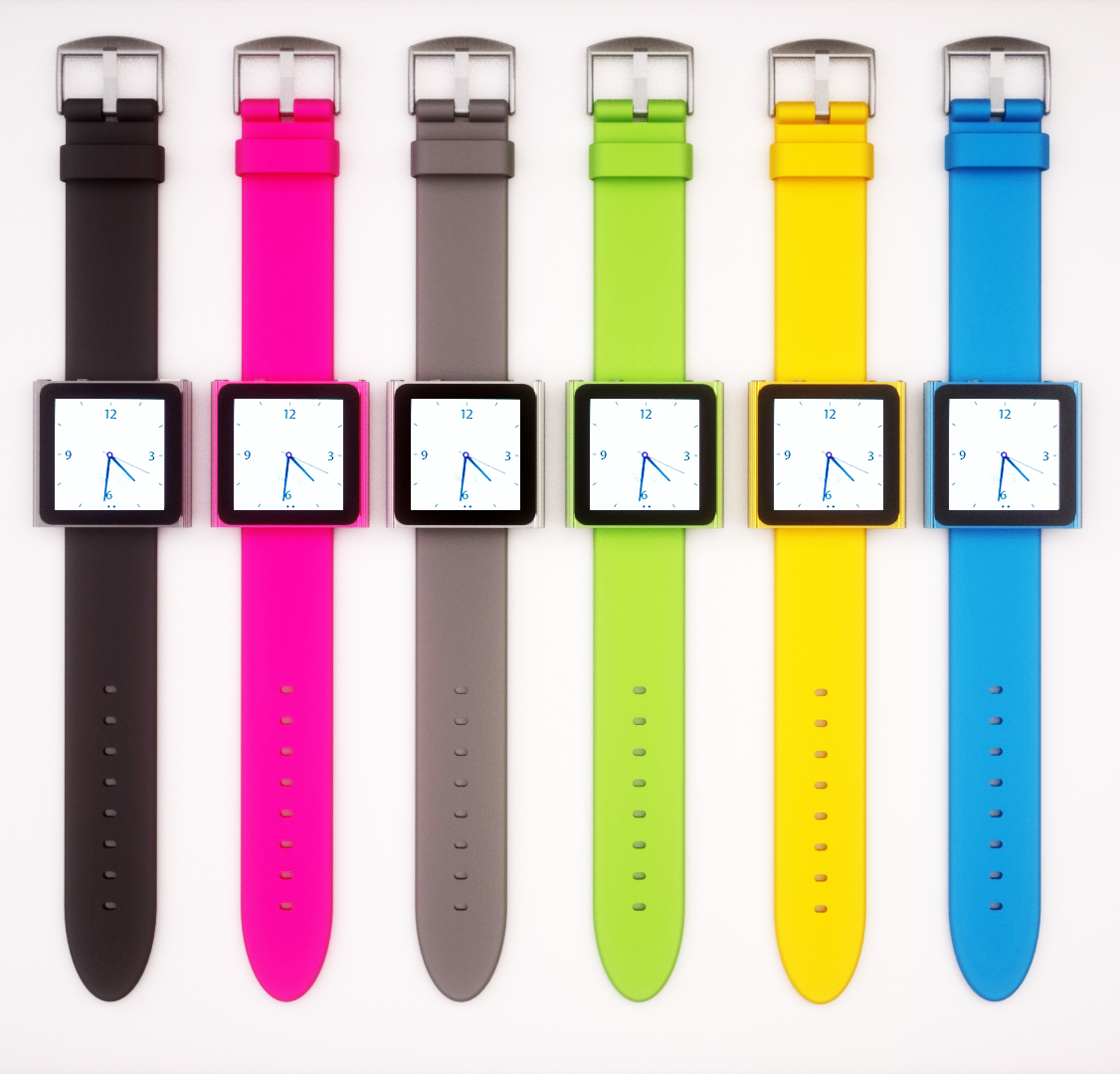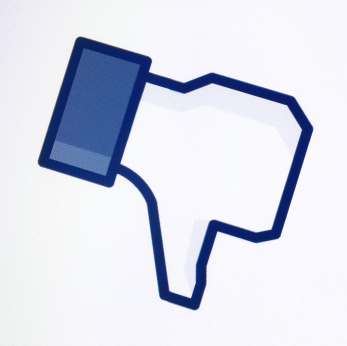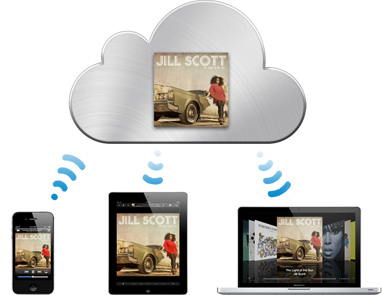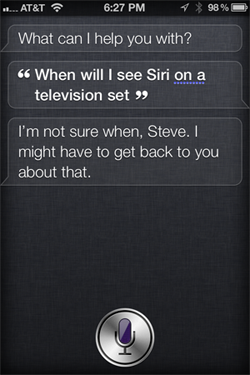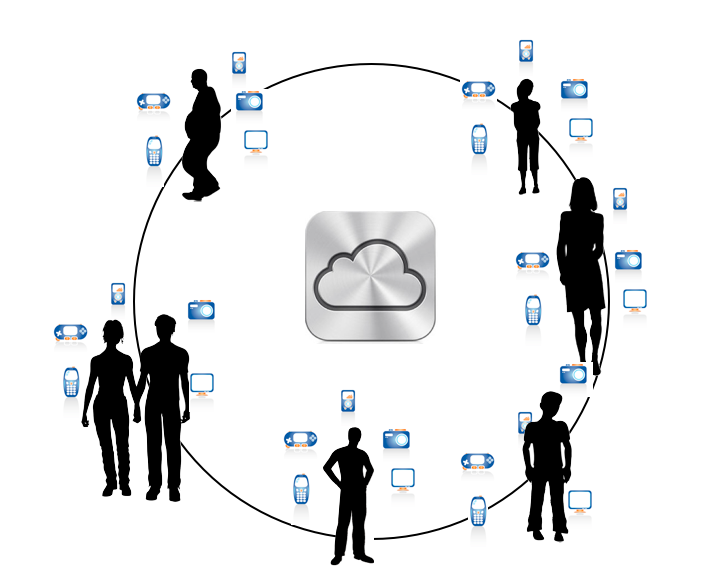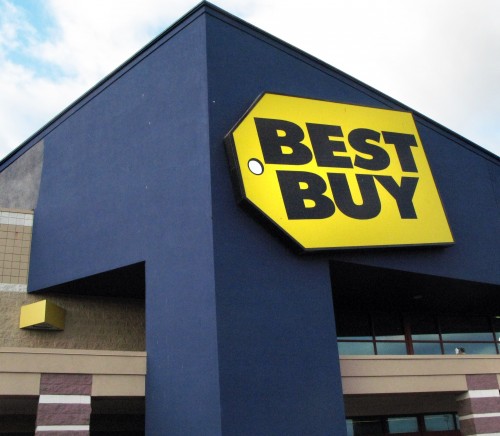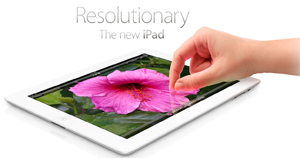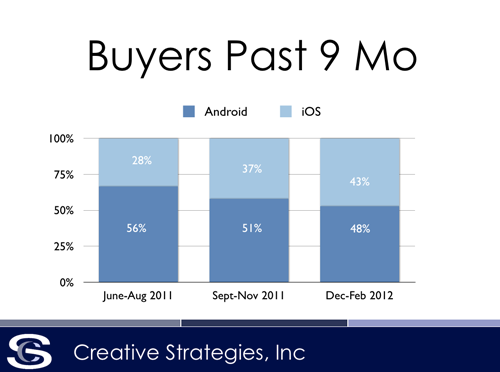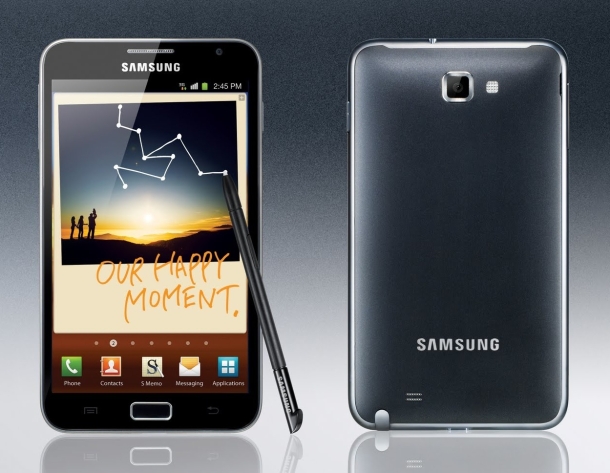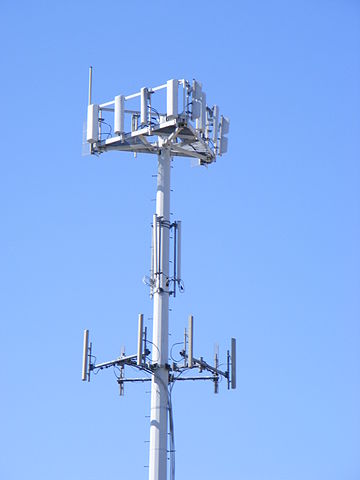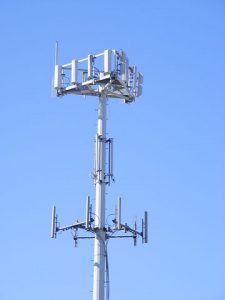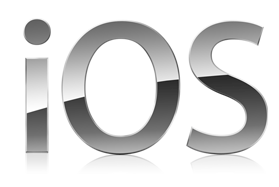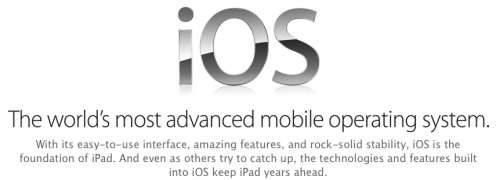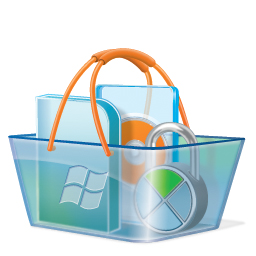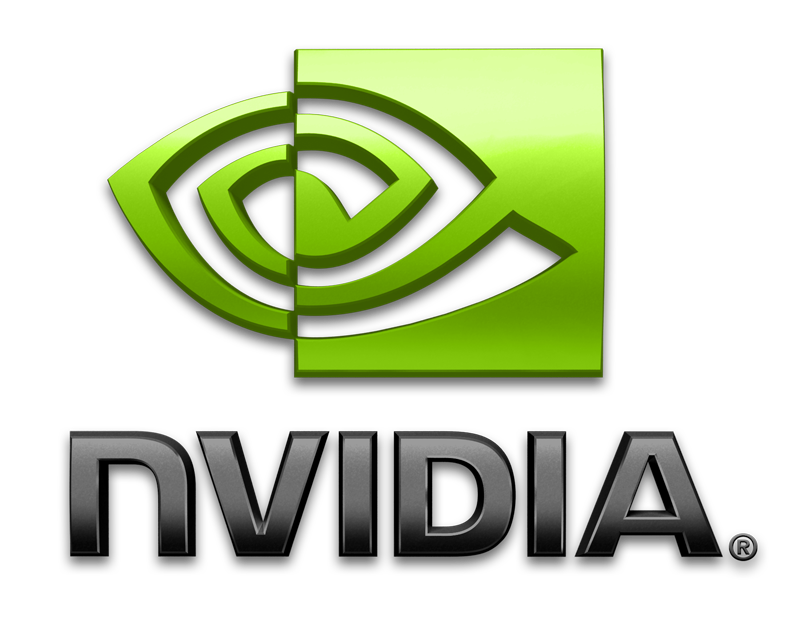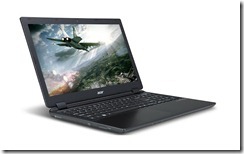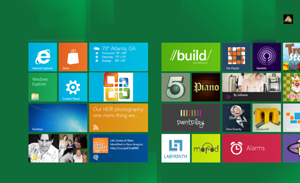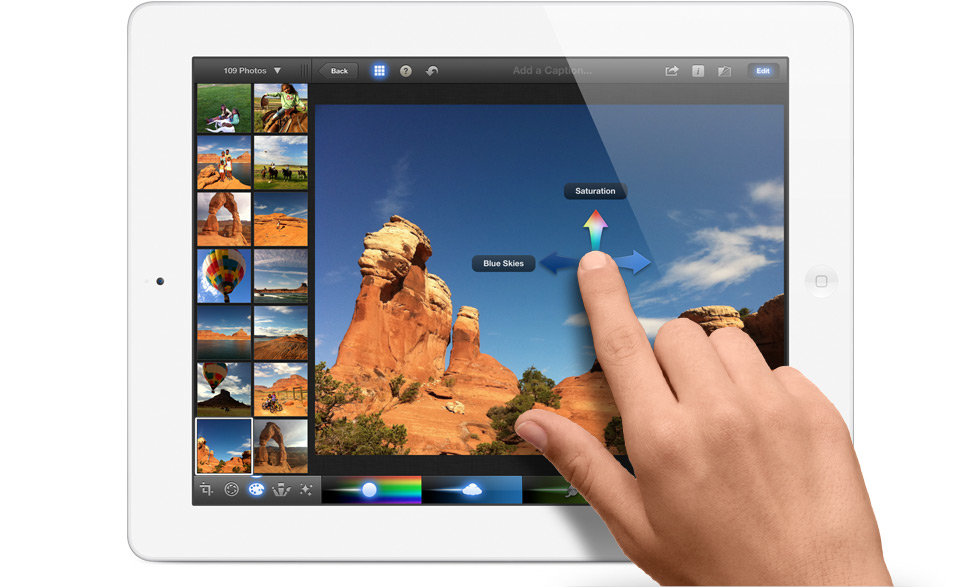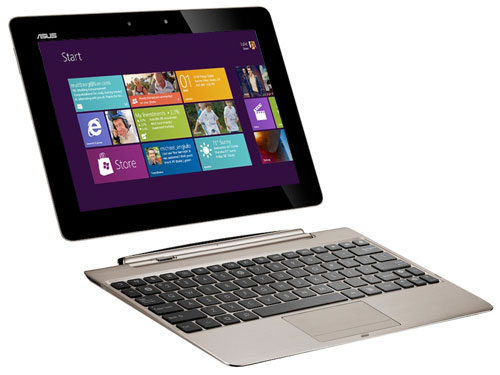 Last fall, I wrote an article on our site here suggesting four industries Apple could disrupt and one of the industries I mentioned was the watch industry. When Steve Jobs introduced the iPad Nano, he mentioned that one of his board members said he was going to find a way to strap it on to his wrist and use it also as a watch. And shortly after the Nano was released, a cottage industry of Nano watchband makers started to emerge and today you can find over 100 colorful watchbands that turn the Nano into a watch.
Last fall, I wrote an article on our site here suggesting four industries Apple could disrupt and one of the industries I mentioned was the watch industry. When Steve Jobs introduced the iPad Nano, he mentioned that one of his board members said he was going to find a way to strap it on to his wrist and use it also as a watch. And shortly after the Nano was released, a cottage industry of Nano watchband makers started to emerge and today you can find over 100 colorful watchbands that turn the Nano into a watch.
But in this article I stated that for the Nano to be disruptive, it would need a Bluetooth connection to the iPhone and serve as kind of a visual companion by showing on the Nano who might be calling, iMessages, news alerts, etc that would come through the iPhone and not make me take it out of my pocket to see these alerts or key bits of information unless I needed to act on them.
To date, Apple has not added any of these features to the Nano but even if they do, they will now not be the first to take this idea and concept and run with it. Last week there were two announcements of watches that would work as companions to smartphones and both show a lot of promise. One is coming from Sony and the other is coming from a small start up called Pebble Technology.
Sony’s Watch is basically like the Nano but with Android’s OS inside and works in a similar manner. It uses a color OLED and connects and serves as a companion screen to Android smartphones. It sells for $149 and is on the market now. But the Pebble Smartwatch is the one that is the most interesting to me since it can be used with Android or the iPhone. And while it’s screen is not a color OLED like Sony’s, its eInk screen means this product has a very long battery life and can be even thinner then Sony’s version. Both connect to smartphones and deliver info on calls from a phones caller ID system, messages and other alerts that can be programmed into the watch and tied to a smartphone.
While Sony’s smart watch is coming from a major company, Pebble Technology’s approach to creating their smart watch is quite unique. Instead of raising funds to build this from friends and family as many start-ups do, they appealed to the public for pledge funds that will be turned into actual shipping orders of their smart watch when it ships in September. They are not the first to try this approach but their pitch seems to have struck a nerve, especially with the early adopters. They had hoped to raise $100,000 from these pledges but in their first week, they actually got order/pledges worth over $2.6 million.
With all of this interest in the Nano being used as a pseudo smart watch and these new entries from Sony and Pebble, as well as earlier models from Motorola and others, is it time for Apple to create their own iWatch with iOS on it and tied directly to the iPhone? Given this competitive pressure, you would think the answer should be yes. But if history is our guide, doing something just to counter the competition at this early stage of smart watch interest is not their style.
We have solid examples of how Apple actually looks at these market opportunities and eventually responds. For example, Apple did not invent the MP3 player. But once these devices had become established as a product with major potential, Apple then brought out the iPod and today it owns 75% of the MP3 market. Now consider the iPhone. Apple did not invent the smart phone. But once these took off, they brought out the iPhone and today their smart phone owns a major position in this market. And Apple did not invent the tablet. But their model with this, as well as with the iPod and iPhone, is to look at the fundamentals surrounding each of these products and then apply their genius of design, eco system and marketing to any category of devices they feel that they can make better.
While they may not be first in a new product category, their approach to making them better and then using their design and marketing prowess to take very strong positions in these markets is at the heart of the way Apple works. Today, Smart watches tied to smart phones are in their very early stages and show promise. But don’t expect Apple to respond in kind just because the competition in this space is heating up. Instead, look for Apple to glean from these early smart watch trail blazer’s and once they believe they can create something that is very sleek, elegant and innovative, then, and only then would they bring out an iWatch.
One side note to this is that watches on a whole have been on a decline since cell phones have come out. This is especially true with Gen Y users who rely mostly on their cell or smartphone to find out what time it is. But if the watch is tied to their smartphone, this could actually reverse some of this decline in watches and even Gen Y and those younger than them just might start wearing watches again.
